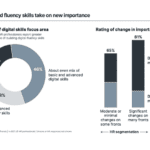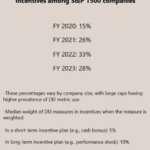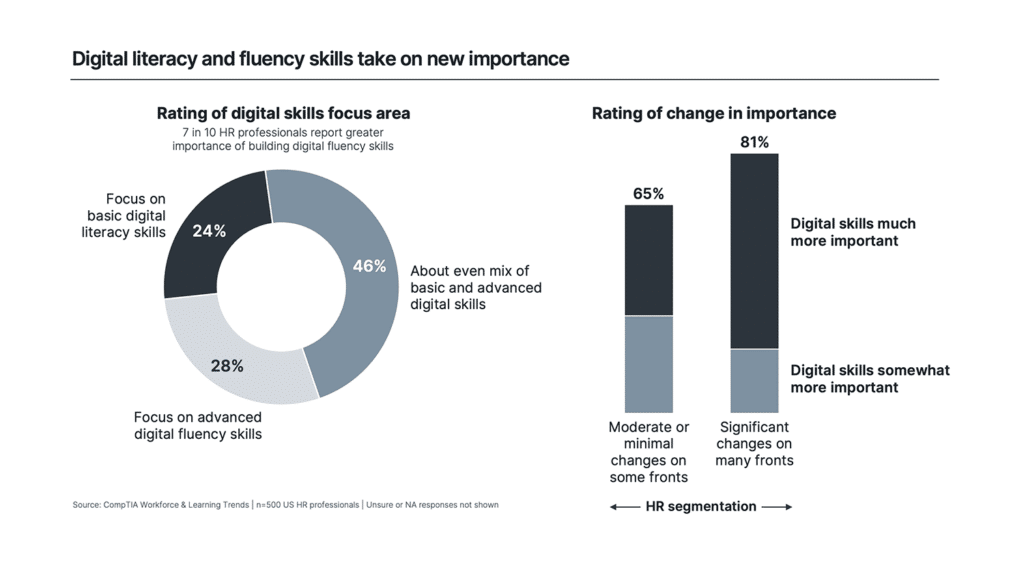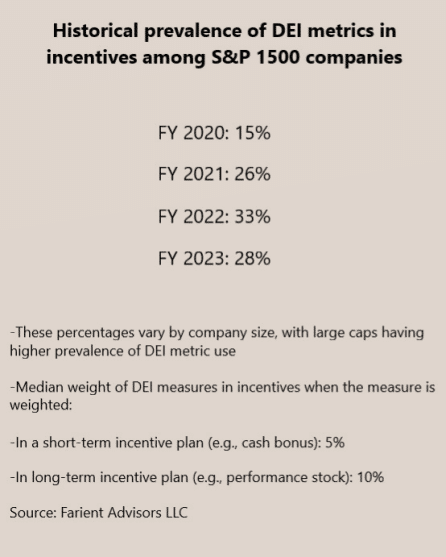
It would seem despite all the evidence around employee experience generating better ROI for organisations, the current state of employee experience and engagement is nothing short of abysmal.
The Grim Reality
First, let’s hit you with some cold, hard numbers. According to Gallup’s 2023 State of the Global Workplace report, only 21% of employees worldwide are engaged at work. That means a whopping 79% are either indifferent or actively disengaged.
Think about that for a second: for every five employees, four would rather be anywhere else but at work. If you’re not crying yet, you’re either a robot or you’re in denial.
But wait, there’s more! A 2022 survey by the Society for Human Resource Management (SHRM) found that 41% of employees reported feeling burned out. Nearly half of the workforce is so stressed out they might spontaneously combust.
And it’s not just them – management is feeling the heat too. Middle managers, in particular, are like the ham in a very unhappy sandwich, squeezed between unrealistic executive demands and disgruntled employees.
The Daily Grind
Let’s break down why work feels more like a bad episode of “The Office” rather than a fulfilling career. Here are some of the key reasons for poor employee experience:
- Micromanagement Mayhem
Micromanagement is the black hole of productivity. You know the type: the boss who hovers over your shoulder, critiques your font choices, and monitors your bathroom breaks.
According to a study by Trinity Solutions, 69% of employees considered changing jobs due to micromanagement, and 36% actually did. It’s not just annoying; it’s a talent drain.
- Communication Breakdown
The irony of modern communication tools is that they often lead to less effective communication. Email overload, endless Zoom calls, and a Slack message for every brain fart creates a cacophony of noise.
The Project Management Institute found that $75 million is at risk for every $1 billion spent on projects due to ineffective communication. That’s a lot of wasted cash because Bob from accounting can’t find the mute button on his conference call.
- Lack of Recognition
People need to feel appreciated. It’s a basic human need right up there with food, water, and Wi-Fi. Yet, according to a survey by Office Team, 66% of employees would likely leave their job if they didn’t feel appreciated. So, unless you want your office to look like a ghost town, start saying “thank you” once in a while.
- Stifling Stagnation
Career progression should be more than a myth told to new hires. The Harvard Business Review reported that the number one reason employees leave their jobs is due to lack of career development. If you’re not helping your team grow, don’t be surprised when they sprout wings and fly away.
- Toxic Work Environment
This one is a no-brainer. Toxic work cultures are breeding grounds for stress, dissatisfaction, and turnover. A study by Randstad US revealed that 58% of employees have left a job, or are considering leaving, because of a negative workplace culture. If your office feels like a high school cafeteria ruled by bullies, it’s time for a change.
Real-Life Horror Stories
Let’s dive into some real-life horror stories of employee experience gone wrong. Names have been changed to protect the guilty, but the absurdity is all too real.
The Pizza Party of Doom
At Acme Corp, employees were promised a “grand reward” for hitting an ambitious quarterly goal. Expectations were high—bonuses, extra time off, maybe even a tropical vacation! Instead, they got a pizza party. One pizza. For fifty people. Morale plummeted faster than a lead balloon, and half the sales team quit within the month. Lesson: if you’re going to reward your team, don’t insult them with carb-laden scraps.
The Great Email Debacle
Jane, a diligent employee at Widget Inc., received an email from her boss demanding an urgent report by end-of-day. She stayed late, worked through lunch, and delivered the report. The next day, her boss had no recollection of the request. Turns out, he accidentally sent it to her instead of someone else and didn’t even bother to read it. Jane is now happily employed elsewhere. Lesson: pay attention to what you’re sending, and to whom.
The Open Office Nightmare
In an effort to “foster collaboration,” MegaCorp decided to switch to an open office plan. The result? An office that sounds like a busy airport terminal, with zero privacy and constant interruptions. Productivity nosedived, noise complaints skyrocketed, and employees started wearing noise-cancelling headphones just to survive the day.
MegaCorp is now shelling out big bucks to build quiet rooms. Lesson: not all trends are worth following, especially if they make your employees miserable.
The Way Forward:
Enough of the doom and gloom. How can we turn this around? Here are some practical, no-nonsense tips to improve employee experience and engagement.
Trust Your Team
Micromanagement is a sign of insecurity, not leadership. Trust your employees to do their jobs. Set clear expectations, provide the necessary resources, and then get out of their way. If you can’t trust them, why did you hire them in the first place?
- Communicate Like a Human
Cut the corporate jargon and speak like a human being. Clear, concise, and honest communication can prevent a lot of misunderstandings and frustration. And for the love of all that is holy, reduce the number of unnecessary meetings. A well-crafted email (sent to the right people!) can often achieve more than a two-hour Zoom call.
- Show Appreciation
Recognition doesn’t have to break the bank. A simple “thank you” or “great job” can go a long way. Consider implementing a formal recognition programme, but even informal gestures of appreciation can make a big difference. Remember, people leave managers, not companies.
- Invest in Development
Provide opportunities for growth. This could be through training programmes, mentorship, or simply encouraging employees to take on new challenges. When people see a future at your company, they’re more likely to stay.
- Cultivate a Positive Culture
Culture isn’t just about free snacks and bean bag chairs. It’s about creating an environment where people feel respected, valued, and supported. Address toxic behaviours head-on and promote a culture of inclusivity and collaboration.
- Listen and Act
Employee feedback is gold. Regularly solicit input from your team and, crucially, act on it. Whether it’s through surveys, suggestion boxes, or one-on-one meetings, showing that you value and respond to feedback can dramatically improve engagement.
Wrapping It Up:
The current state of employee experience is dire, but it’s not beyond repair. By recognising the problems, and taking concrete steps to address the issues, we can create workplaces that are not only productive but also enjoyable. Remember, a happy employee is a productive employee.




